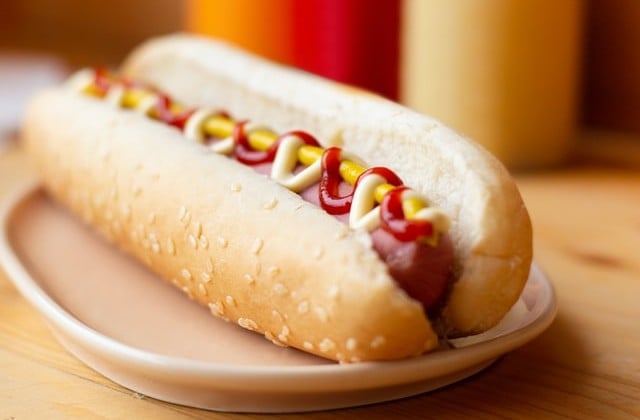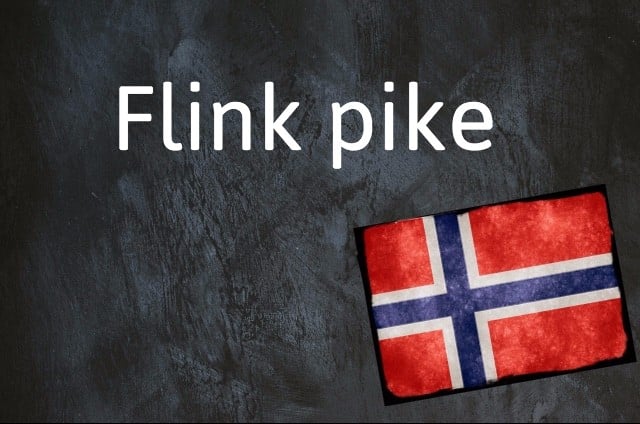Why do I need to know pølsevev?
Because it’s a common expression that, when translated directly, it makes no sense.
What does it mean?
Pølsevev is put together by two words, pølse and vev. Pølse is Norwegian for ‘sausage’ and vev means ‘tissue' (not in the paper towel sense, but the tissue that's in skin).
It allegedly comes from the idea that sausages are made of those leftover pieces of meat that were too poor quality to use for anything else, and the pølse, by looking delicious, is something making out to be something it's not.
Pølsevev is therefore an old school Norwegian way of saying that something is nonsense or to use harsher invective, 'BS'.
For noe pølsevev! – What utter nonsense!
Other English equivalents would be 'gibberish', 'baloney', or 'rubbish'.
Synonyms
Sludder og vås – nonsense and nonsense (another common expression)
Snikk-snakk – chit chat
Tull – rubbish
Tøv – nonsense
So do Norwegians hate sausages?



 Please whitelist us to continue reading.
Please whitelist us to continue reading.
Member comments